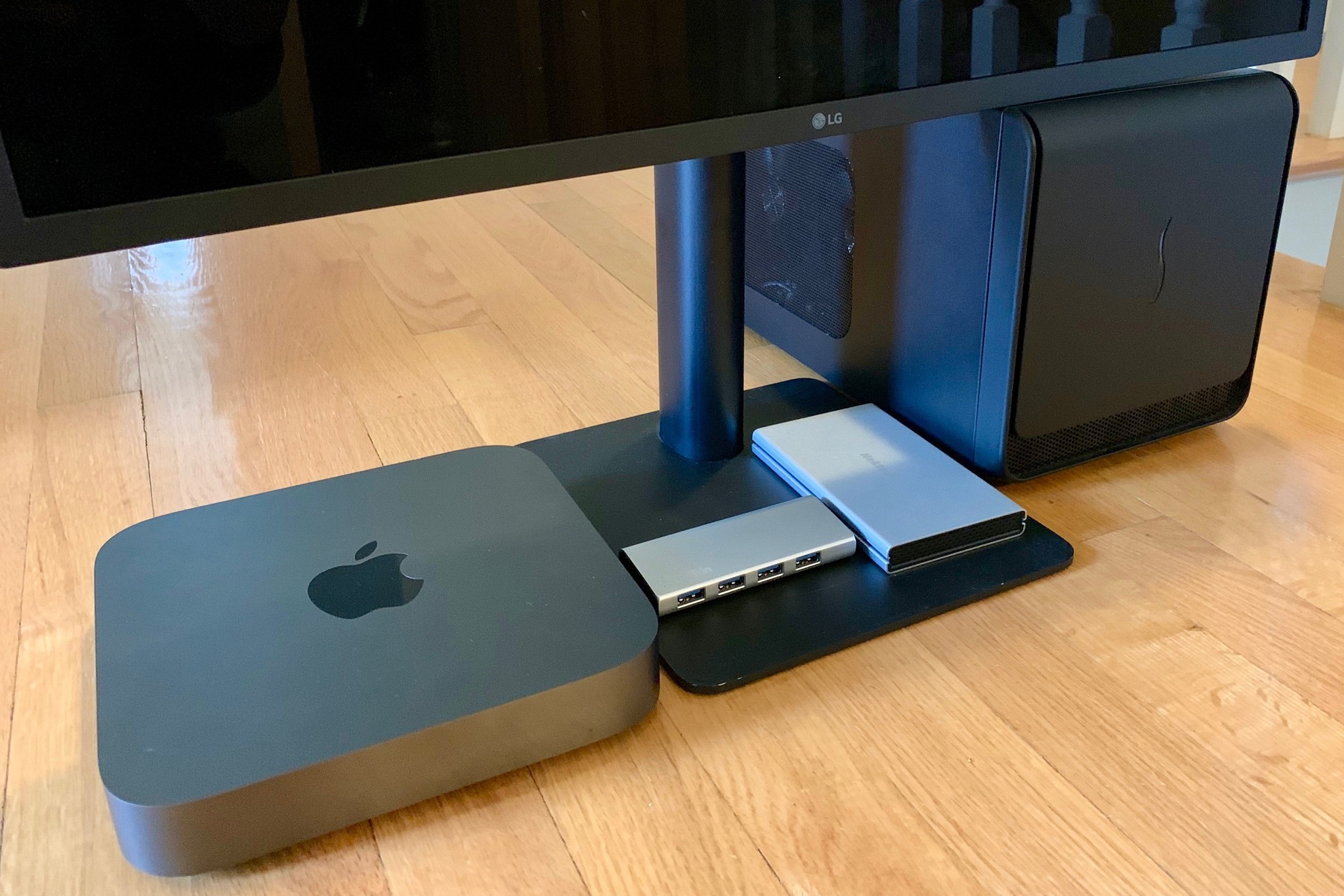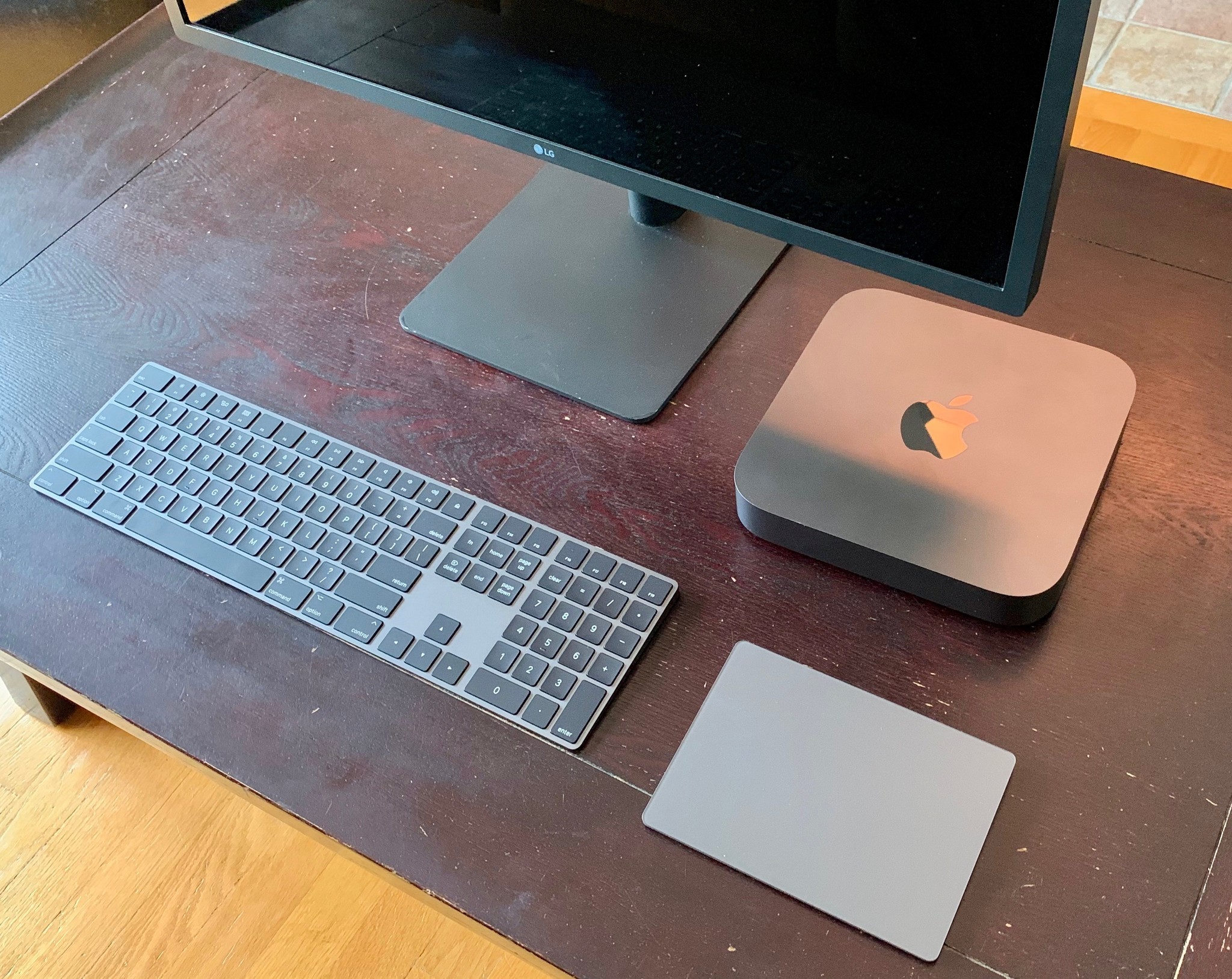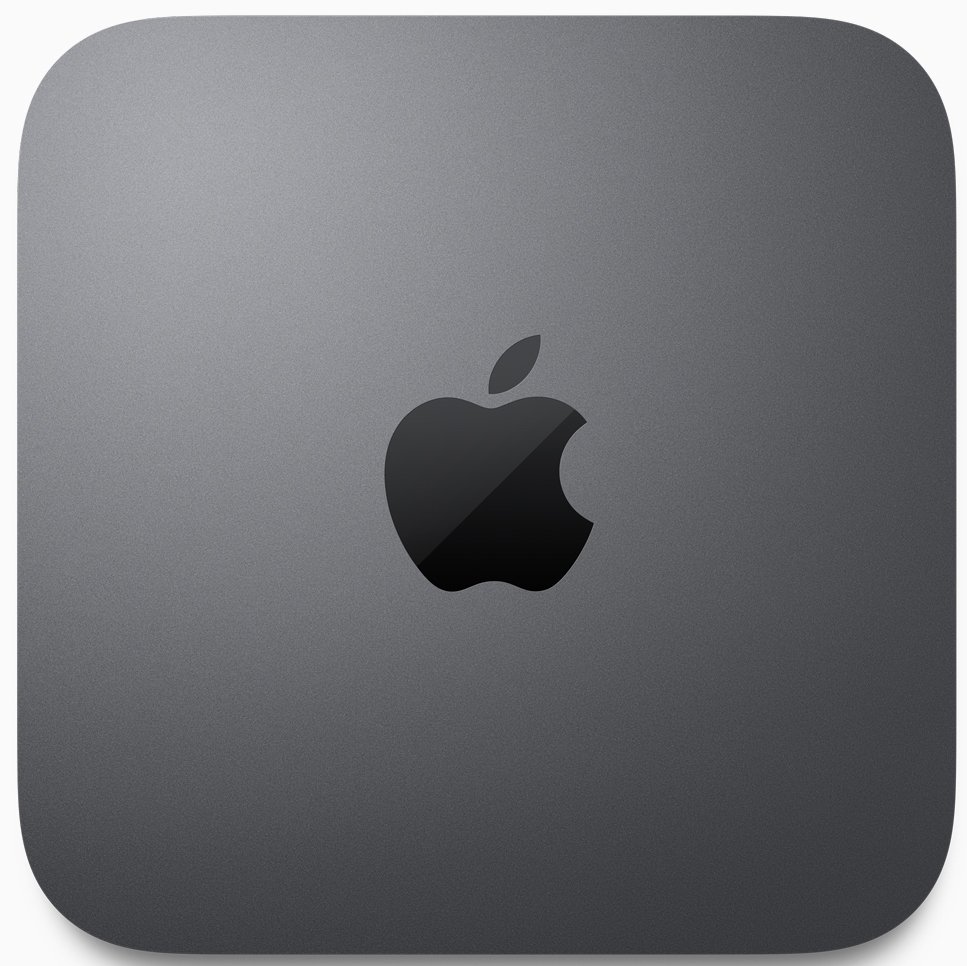Mac mini vs. Mac Pro: The affordable alternative

The all-new 2019 Mac Pro was announced at WWDC this year. Ever since the 2013 "Trash Can" Mac Pro, consumers have been clamoring for a Mac that is upgradable, expandable, professional, with high-performance components, and user accessible. And Apple delivered. Looking at the Mac Pro spec sheet, boy did they deliver. But in spite of all of the accolades and fanfare for "killing it", there is one aspect that doesn't deliver and that's the price.
The Mac Pro is too damned expensive!

Mac Pros are undoubtedly the pinnacle of high-end components for Mac hardware. No one is doubting that. These high-end components come at a price, of course. Is that price justified? I won't go into specifics as you can find numerous articles and YouTube videos breaking down the cost of the components. Whatever your take on the price, however, the price of entry for the 2019 Mac Pro is the highest in Apple's history at $6000. Previously, the entry-level Mac Pro was around $3000. The prosumer seems to have been priced out of being able to afford the Mac Pro.
The alternatives
There are alternatives. You can build your own "Hackintosh" with all of the equivalent components and run a bootleg macOS on top of it. But that comes with some configuration headaches and compatibility issues that many of us would like to avoid and just have things work. Hardware blessed by apple so to speak. A second more affordable option is to build a Mac mini and spec it up to around the same components for a similarly built entry level 2019 Mac Pro.
Why the Mac mini

Our goal is to have a powerful computer with the added ability to allow for future upgrades and expandability. Although not at parity with PCIe, Thunderbolt 3 gives us the ability to buy a Mac mini and then add components that you can later upgrade and swap as needed at a much lower cost. For example, I can buy a base Mac mini today. Add an eGPU enclosure with an AMD RX 580 GPU connected to a Thunderbolt 3 port. Later, I may need some more storage. I can add a LaCie RAID storage controller also connected to Thunderbolt 3. I might find I need faster GPU computer and swap my RX 580 with a Radeon VII. Next year Apple might come out with a Mac mini with a better and faster CPU. I can swap out the Mac mini and yet keep my GPU, storage, and monitor. You get the idea. I can add components piecemeal, keeping up with advances for key hardware over the years.
Could the same ideology be used with an iMac Pro? Yes, of course. You even get the professional grade Xeon CPUs to go with it. However, swapping out a Mac mini for upgraded components is vastly less expensive than swapping out an iMac Pro but the choice is yours.
Some drawbacks
As eluded to above, the Mac mini doesn't have enterprise-grade components. Maybe a future revision will come with Xeon CPUs and the ability to install ECC memory. This might be a deal breaker for you and as such, you'll either need to get a much more expensive iMac pro or a Mac Pro. But if those specs aren't a requirement, you can have near identical performance levels at a considerably better price.
Secondly, at the time of this writing, the 2019 Mac Pro starts with an 8 core 16 thread while the highest core count for a Mac mini is 6 cores and 12 threads. Note that some of my little birds have told me that a refresh for the Mac mini can be expected this fall that might give us core and thread parity for the Mac mini. Let's hope that to be true.
iMore offers spot-on advice and guidance from our team of experts, with decades of Apple device experience to lean on. Learn more with iMore!
The build

The base price for a Mac mini that can compete with a base level Mac Pro is $1099. Let's see how close to a $6000 Mac Pro build we can get and how much it will save us if at all.
The CPU
To compete with the entry-level Mac Pro 8 core 16 thread Xeon CPU of 3.5 GHz with a boost of 4.0 GHz and 25 MB of cache we need to get the highest end CPU available for the Mac mini for an extra $200. That gets you a 6 core 12 thread i7 CPU of 3.2 GHz and a boost of 4.5 GHz and 12 MB of cache. The cache difference will affect those workloads with a lot of repetitive smaller executions with the edge to the CPU with more cache. But for most workloads such as video manipulation, the difference will be negligible.
Memory
The base Mac Pro comes with 32 GB of 2666 MHz ECC memory. Although not ECC, you can match this amount of RAM for an extra $600 that also runs at 2666 MHz. Performance-wise, the two systems will be identical (maybe even faster on the Mac mini since error correcting memory has some overhead when in the process of correcting).
Storage
Both the Mac Pro and the Mac mini come with a meager 256 GB SSD. Since we're trying to match systems, we leave this as is and call it a wash.
Ethernet
The Mac Pro comes with two 10 gigabit NICs. The Mac mini can only have one NIC but it can be configured to also be 10 gigabits for fast access to a NAS for an extra $100.
The GPU
Now in order to compete with the Mac Pro's entry-level Radeon Pro 580X, we need to start using some of the 4 provided Thunderbolt 3 ports on the mini. The internal Intel based GPU will just not cut it. But thanks to the developments of eGPUs, we can now have access to desktop-class hardware. For $280, you can add a Sonnet eGPU enclosure.
The AMD Radeon Pro 580x is very similar to an AMD RX 580 consumer GPU. The only difference is likely professional driver availability. Performance will be nearly identical. You can find an RX 580 on Amazon for around $200.
The grand total
So how much will it cost to compete with a $6000 entry level Mac Pro on an Apple approved hardware ecosystem?
Around $3480.
You get a savings of over $2500 and is much closer to the traditional introductory cost of past Mac Pros. That's more like it!
Things you may still need

You might still need some extra hardware to keep your professional workflow going. Both systems will need a monitor. The Mac mini out of the box without an eGPU can handle 2 4K displays via Thunderbolt 3 and an extra display on the HDMI port. If you need more USB-B type connections than the 2 the come with the Mac mini, you can add a Belkin 4 port USB 3.1 hub and connect that to one of the 4 available Thunderbolt 3 ports. You can add external SATA drives with Satech external enclosures
Conclusion
Would I rather have a full-fledged Mac Pro with PCIe accessibility and expandability at a price closer to the $3000 that Apple used to offer for entry-level Mac Pros? Of course. On top of that, though Thunderbolt 3 is an amazing technology, there is performance loss compared to PCIe with identical hardware due to bandwidth overhead. But until Apple releases the Mac Pro mini, we'll be stuck making our Mac mini pros.


